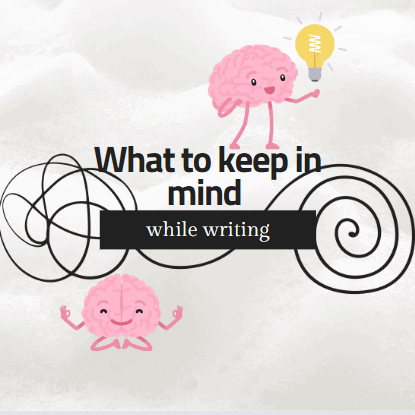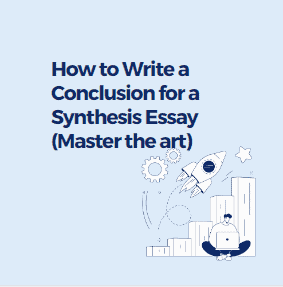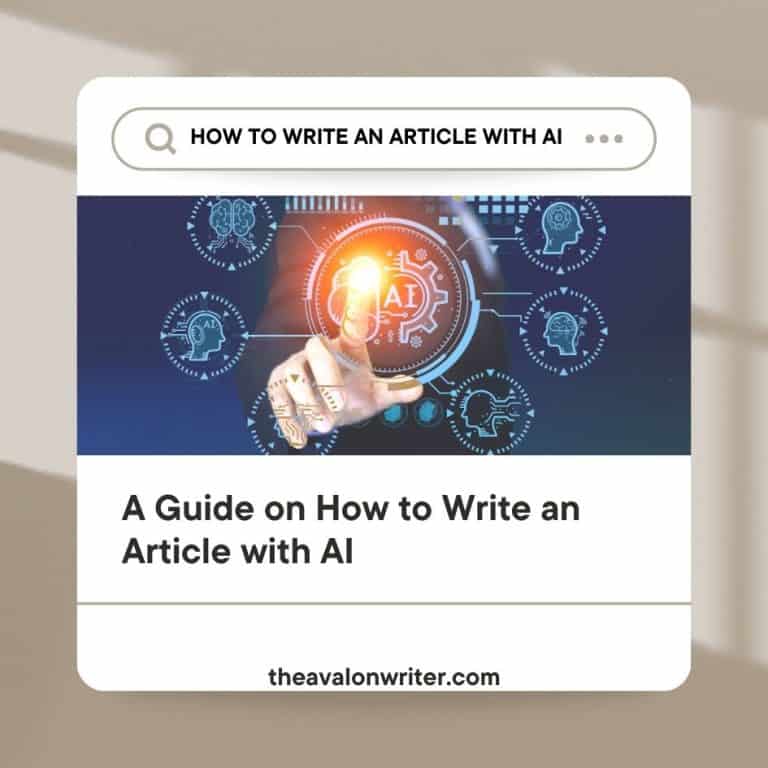11 Things to Keep in Mind while Writing: Graduate to Pro

Every writer can tell that writing is a fulfilling journey worth taking.
It, however, requires one to be dedicated, patient, and willing to learn.
A well-crafted article has the power to transcend boundaries; it communicates ideas and can also evoke emotions. If you aspire to become proficient and captivating writers, you are at the right place. This article will explore the vital things to remember while writing. Let’s dive into it.
What things should I keep in mind while writing?
11 Things to Keep in Mind while Writing
Key Takeaways
- Embrace the entire writing process – from brainstorming to drafting to revising. Perfection comes through practice and refinement.
- Understand your target audience so you can tailor content and tone to their needs and interests.
- Research your topic thoroughly to lend authority and support to your points. Read others’ writing to expose yourself to different styles.
- Draft freely without worrying over grammar initially – focus on getting ideas down. Drafting brings clarity and helps overcome writer’s block.
- Craft a clear, concise thesis statement that previews your central concepts. Outline main points and supporting details.
- Hook readers with an engaging introduction. Build a detailed, evidence-backed body section. Wrap up by summarizing without introducing new ideas.
- Carefully edit and proofread before finalizing. Check for inconsistencies, grammar issues, and redundancies.
- Optimize with relevant keywords and metadata to improve discoverability. Quality content drives reader engagement.
1. Embrace the writing process.
We all know that writing is not a one-day endeavour. It is a gradual process that involves various stages. These stages run from the brainstorming stage, coming up with the ideas, organizing the ideas, writing them down, and coming up with an article, all the way to the revision and editing part.
A writer should embrace each stage and give it its own due time. All new writers should know that there are no expectations of the first article being perfect for a start; it is the raw material they will use to craft their masterpieces.
2. Understand your audience
Once you are aware of your audience, you will be able to tailor an article according to their needs. This will increase engagement and readability. As much as the message matters, how you deliver it matters more.
How you address older people differs from how you manage the youth. There has to be some vibrancy when dealing with children. Always strive to communicate in a way your audience will easily understand and appreciate.
#3. Investigate the topic and read widely
A writer has already understood his audience. The next step he should take is researching his intended topic. Many materials will even expose him to different writing styles and perspectives. He should then take notes, capturing the key concepts that will help him support his points in the article. This will allow him to maintain the flow of his writing, making it more captivating.
#4. Consider drafting your thoughts when writing
One of the main things to keep in mind while writing is the grammar. It should not worry you, nor should one worry about the flow. The focus is on getting your thoughts written down. Avoid interruptions in your studies at this point. The advantages of having a draft include
- There will be clarity and organization in your final piece
- At this juncture, brainstorm ideas and innovative insights
- A draft helps in overcoming writer’s block
- There is freedom to experiment with language, structure, or concepts.
- Revision and refining become easier.
- Drafts are for the bigger picture. Details like grammar and style come later.
- There is less pressure, and more creativity
- Writers can embrace change as they draft their ideas
#5. Things to remember while writing: Craft the thesis statement
We are now writing our final article. The thesis is the transition between the introduction and the body of your article, and it serves as the central idea of your article. It lets the readers know what they should expect throughout the article. A thesis should be
- Clear and concise,
- Relevant
- Have a preview of the supporting points
- Original and unique
- It should have evocative language for it to be engaging
- Construct an outline
We can define an outline as a roadmap for your article. It helps organize thoughts, maintain the flow of ideas, and ensure that every point the writer wants to make has its place. The writer has his main points alongside the supporting information in this outline.
things to keep in mind while writing
#7 Come up with an introduction.
Readers get the first impression of your article from the introduction. This is why focusing on your intro should be one thing to remember while writing. Ensure that the intro is captivating and hooks the reader. Discuss what the reader expects in the article, and share a solution to their problem (Query).
#8. Build the body
This is where you dig into the details of your article, present your arguments, provide evidence, if there are any, and support your thesis statement.
This section serves as the heart of the article, where now you should fully engage your readers and communicate your message effectively. Each paragraph should carry its idea backed with relevant information from the research you’ve already done. Ensure a smooth flow of ideas from one section to the next.
9th thing to keep in mind while writing: Conclude your essay
The conclusion is your final chance to leave an impression on your readers. It should give a brief and concise summary of the main points and provide a closing thought. There should be no new information in the conclusion.
10th: Editing and proofreading.
We have our draft, and it is time to focus on minor details such as grammar and punctuation. In this phase, a writer should be on the lookout for any fluff in writing, logical inconsistencies, grammatical errors, or even weird phrases. Writers typically read their work aloud, a proven method of catching mistakes. They can, however, use tools like Grammarly to cross-check their grammar.
#11. SEO optimization
SEO optimization makes your work more discoverable in the SEO space. It is done by incorporating the relevant keywords throughout the essay, using Meta tags, etc. what many writers do not know is that it doesn’t necessarily mean an article should be full of keywords; it should be high-quality content that people will be looking forward to reading.
FAQ
What is a thesis statement, and where should it be placed?
A thesis statement is the central idea of your article in the introduction.
How am I supposed to structure my article?
All articles follow an introduction-body-conclusion structure where the introduction introduces your topic and the thesis, the body has the main points, and the conclusion summarizes the whole article.
How do I conclude my article effectively?
Refrain from introducing new ideas in your conclusion; summarize the main points, and refrain from rephrasing what you gave in the body.
Conclusion
Writing as an art takes time to practice and master, but once you perfect it, you can come up with practical, engaging, and SEO-friendly articles. Practicing helps refine your skills, and eventually, you can communicate your ideas clearly and effectively.






